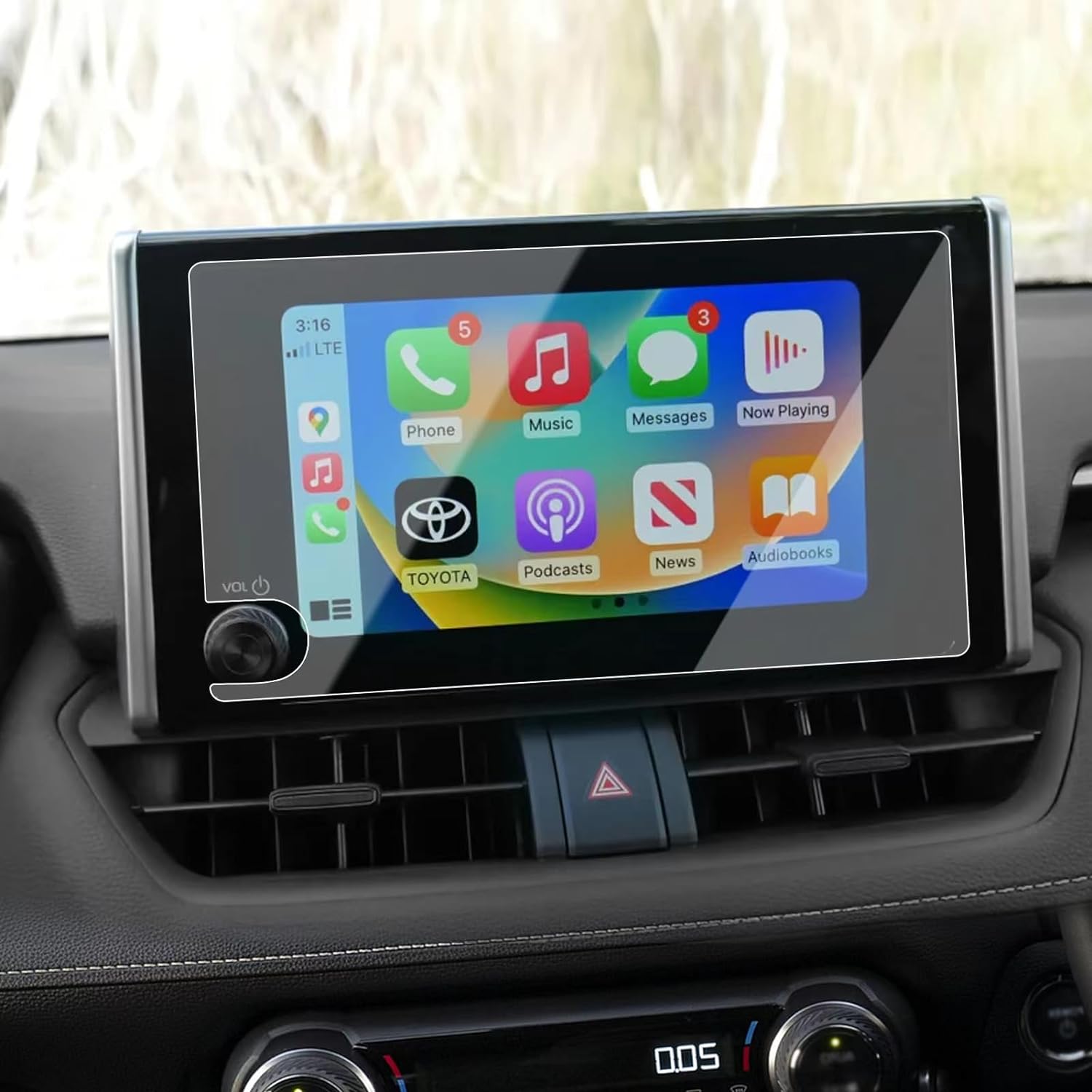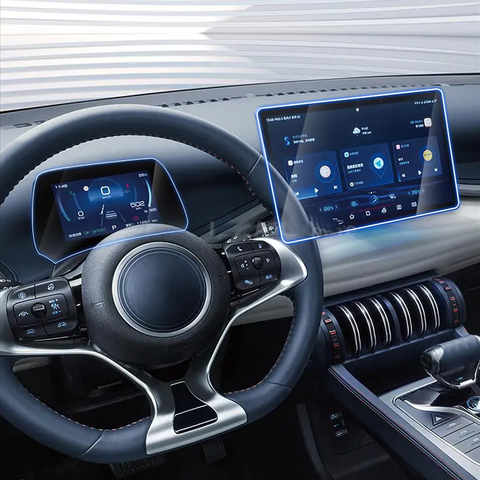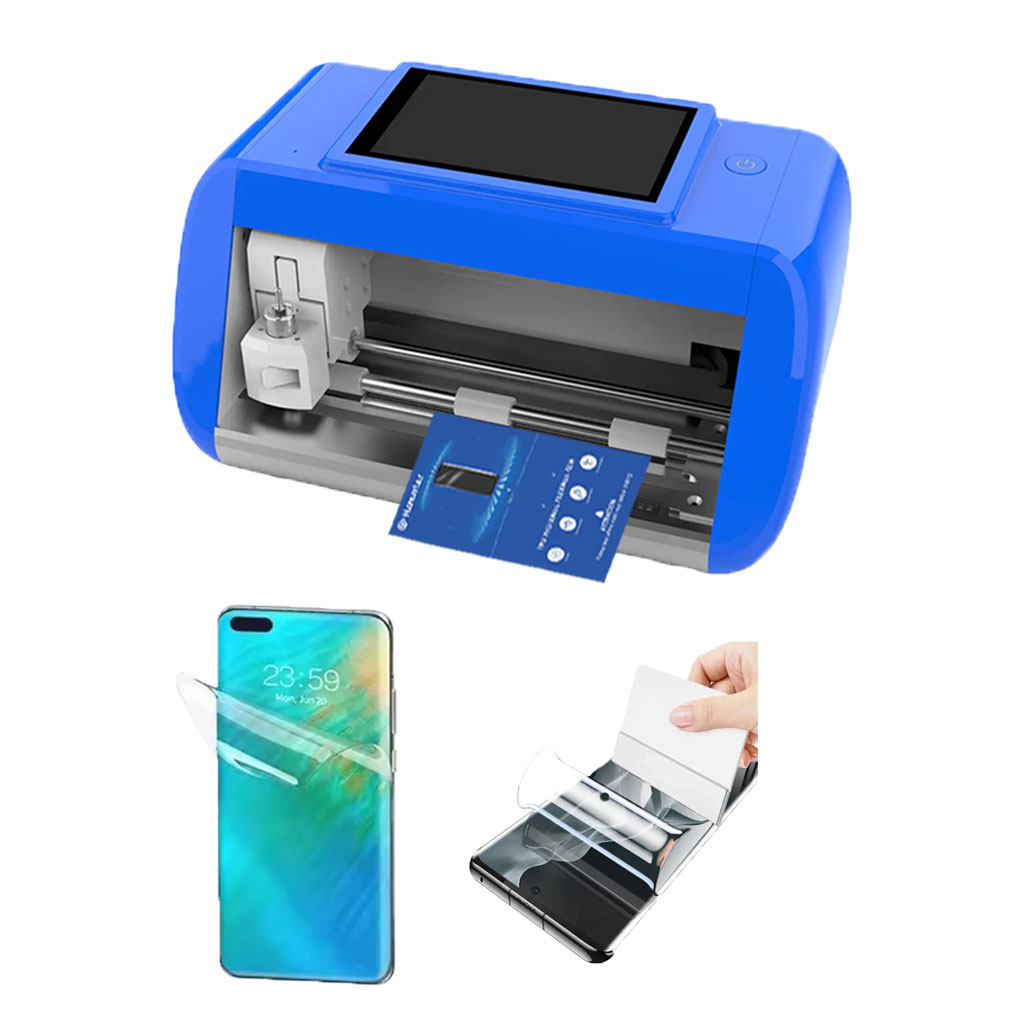
하이드로겔 스크린 보호 필름이 강화 유리보다 더 낫나요?
목차
요약
If you value durability and a traditional glass feel, tempered glass may be the right choice. However, if you prioritize flexibility, screen sensitivity, and cost-effectiveness, hydrogel protectors offer a compelling alternative.Ultimately, both options provide excellent protection for your device, ensuring it remains in pristine condition. Consider your specific needs and preferences when making your decision, and remember that the best protector is one that aligns with your lifestyle and usage habits.
주요 내용
- 내구성: Tempered glass offers superior impact resistance, while hydrogel provides self-healing properties.
- Screen Sensitivity: Hydrogel protectors maintain excellent touch response, ideal for sensitive screens.
- 설치: Tempered glass is easier to install, but hydrogel offers better coverage for curved screens.
- 미학: Both protectors maintain the phone’s appearance, with tempered glass offering a clearer finish.
- 비용: Hydrogel protectors are generally more affordable, providing good value for money.
By understanding these factors, you can choose the screen protector that best suits your needs, ensuring your device remains protected and functional.
What is a Tempered Glass Screen Protector?
Tempered glass screen protectors are made from heat-treated glass, designed to withstand impacts and scratches. They are popular for their 9H hardness, which provides robust protection against everyday wear and tear. This type of protector is often praised for its clarity and ability to maintain the original feel of the phone screen.Tempered glass protectors are thicker than other options, offering a solid barrier against potential damage. They are particularly effective in preventing cracks from drops, making them a favorite among users who prioritize durability. However, their rigidity can sometimes lead to shattering upon severe impact, which is a consideration for those seeking long-term protection.
Understanding Hydrogel Screen Protectors
Hydrogel screen protectors are a newer innovation, made from a flexible, gel-like material. They are designed to absorb impacts and self-heal minor scratches, offering a unique approach to screen protection. Unlike tempered glass, hydrogel protectors are thin and pliable, allowing them to conform closely to the screen’s surface.This flexibility makes hydrogel protectors ideal for curved screens and devices with unique shapes. They provide excellent coverage and maintain screen sensitivity, ensuring a seamless user experience. The self-healing properties are particularly appealing, as they can reduce the visibility of minor scratches over time.Hydrogel vs. Tempered Glass: Key Differences
When comparing hydrogel and tempered glass, several key differences emerge. Hydrogel screen protectors are known for their flexibility and self-healing capabilities, while 강화 유리 프로텍터 offer superior hardness and impact resistance. These differences can influence your choice depending on your priorities.Hydrogel protectors excel in maintaining screen sensitivity and are less likely to shatter. On the other hand, tempered glass provides a more traditional glass feel and is often preferred for its clarity and robust protection. Understanding these differences is crucial in selecting the right protector for your needs.Durability: Which Protector Lasts Longer?
Durability is a significant factor when choosing a screen protector. Tempered glass is renowned for its toughness, often lasting longer under heavy use. Its 9H hardness rating ensures it can withstand significant impacts and resist scratches from sharp objects.Hydrogel protectors, while not as hard, offer durability through their self-healing properties. They can absorb impacts and recover from minor scratches, maintaining a clear surface over time. However, they may not provide the same level of protection against severe impacts as tempered glass.
Screen Sensitivity and Touch Response
Screen sensitivity is crucial for a seamless user experience. Hydrogel protectors are often praised for their ability to maintain the original touch response of the device. Their thin, flexible nature allows for precise touch inputs, making them ideal for users who prioritize screen sensitivity.Tempered glass protectors, while slightly thicker, also offer excellent touch response. However, some users may notice a slight reduction in sensitivity, particularly with cheaper models. Choosing a high-quality tempered glass protector can mitigate this issue, ensuring a smooth and responsive screen.Installation Process: Ease and Challenges
The installation process can vary significantly between hydrogel and tempered glass protectors. Tempered glass protectors are generally easier to install, with a straightforward application process. However, they can be prone to air bubbles if not applied carefully.Hydrogel protectors require more precision during installation due to their flexibility. They often involve a wet application process, which can be challenging for some users. However, their ability to conform to curved screens makes them a versatile choice for various devices.Aesthetic Appeal: Which Looks Better?
Aesthetic appeal is an important consideration for many users. Tempered glass protectors offer a clear, glass-like appearance that closely mimics the original screen. They are often preferred for their ability to maintain the phone’s sleek look.Hydrogel protectors, while slightly less transparent, offer a smooth finish that can enhance the device’s appearance. Their thin profile ensures they do not add bulk to the phone, making them a discreet option for users who prioritize aesthetics.Cost Comparison: Value for Money
Cost is a crucial factor in choosing a screen protector. Tempered glass protectors are generally more expensive due to their material and manufacturing process. However, their durability and protection often justify the higher price.Hydrogel protectors are typically more affordable, offering a cost-effective solution for screen protection. Their self-healing properties and flexibility provide excellent value for money, particularly for users who frequently replace their protectors.User Reviews and Top Posts on Screen Protectors
User reviews and top posts can provide valuable insights into the performance of screen protectors. Many users praise tempered glass for its durability and clarity, while hydrogel protectors are often lauded for their flexibility and self-healing capabilities.Exploring top posts and reviews can help you understand the real-world performance of these protectors, guiding you in making an informed decision. Consider factors such as ease of installation, screen sensitivity, and overall satisfaction when evaluating user feedback.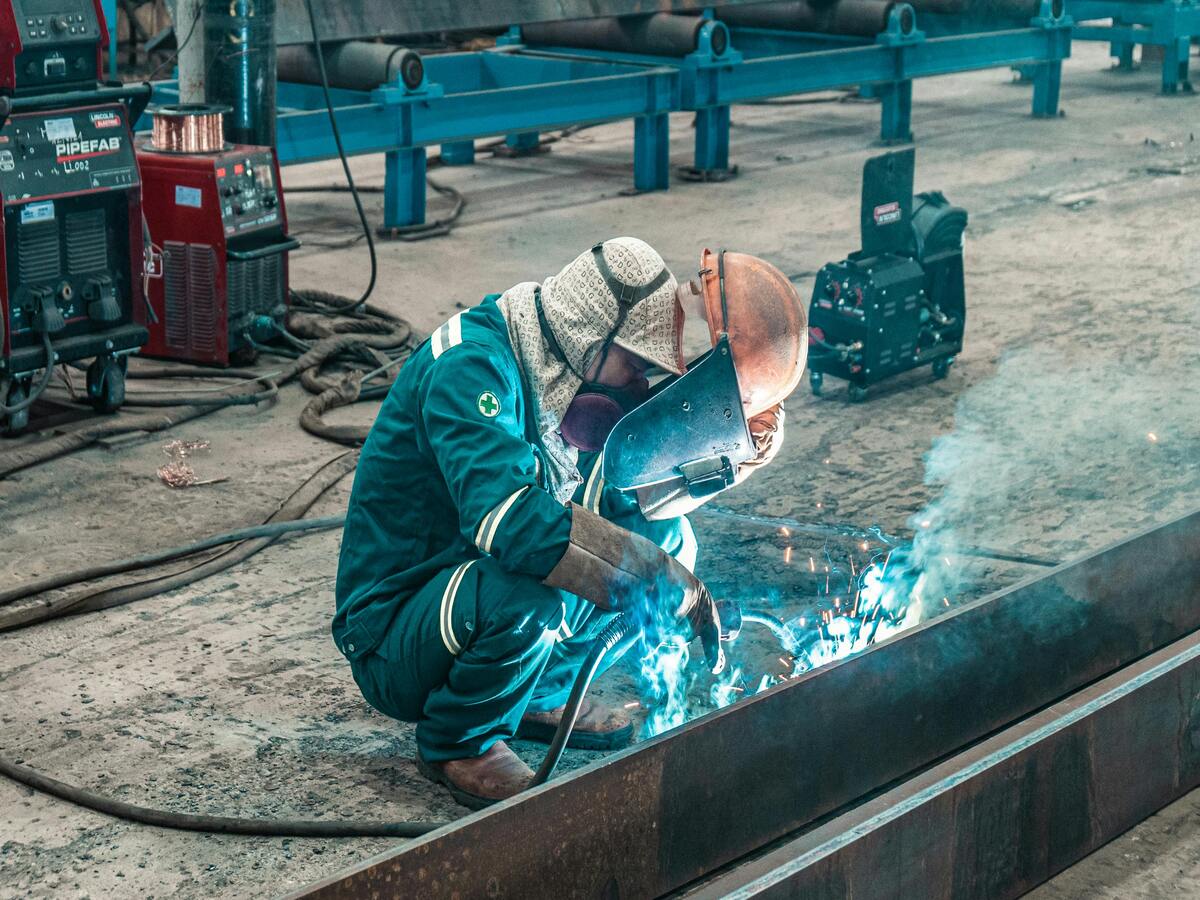
댓글
태그

스마트 프라이버시 스크린 커팅기로 디바이스 보안을 강화하는 방법
스마트 개인정보 보호 화면 절단기에 투자하면 고급 개인정보 보호 필터로 정밀하게 절단된 화면 보호기를 제공하여 개인 및 비즈니스 환경 모두에서 민감한 정보를 무단 열람으로부터 보호함으로써 디바이스 보안을 강화할 수 있습니다.


화면 보호기 커팅기 비용에 대한 이해: 예상되는 사항
모바일 기기 및 액세서리에 대한 수요가 증가함에 따라 화면 보호기 커팅기는 업계에서 비즈니스에 필수적인 투자가 되었습니다.

고급 휴대폰 화면 보호기에 투자할 가치가 있을까요?
매년 9,500만 대 이상의 스마트폰이 낙하로 인해 손상되는 가운데, 특히 보험에 가입하지 않은 기기의 수리 비용에 대한 소비자 인식이 높아지면서 효과적인 화면 보호기에 대한 수요가 계속 증가하고 있습니다.
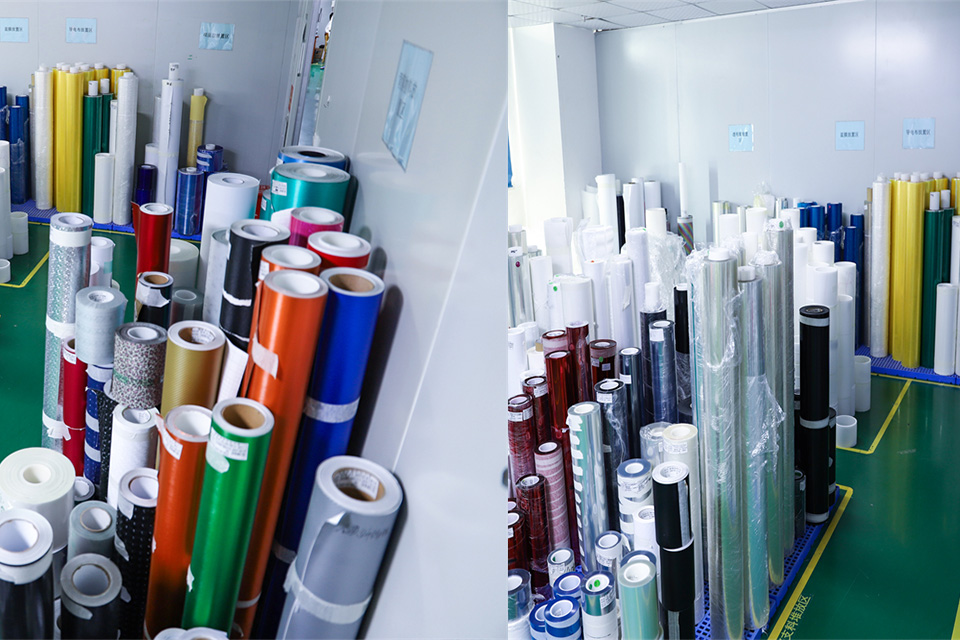
iPhone 화면 보호기를 제거하는 방법: 종합 가이드
iPhone의 긁히거나 기포가 생긴 화면 보호기로 인해 어려움을 겪고 있나요? 업그레이드할 때가 되었지만 이전 보호막을 안전하게 제거하는 방법을 잘 모르시나요? 걱정하지 마세요! 이 가이드에서는 강화유리든 플라스틱 필름이든 상관없이 iPhone의 화면 보호기를 제거하는 과정을 안내해 드립니다. 준비부터 사후 관리까지 모든 과정을 다루며, 과정 내내 디바이스 화면을 깨끗하게 유지할 수 있도록 도와드립니다.
블로그에서 모든 지식과 트렌드를 찾고, 공장에서 도매 가격과 최고의 품질을 얻으십시오.


화면 보호기 커팅기란 무엇인가요?
화면 보호기 커팅기는 스마트폰, 태블릿, 스마트워치, 노트북, 모니터 등 다양한 전자기기에 맞는 맞춤형 화면 보호기를 제작하기 위해 고안된 전문 장비입니다.

휴대폰 화면 보호기 절단기는 어떻게 작동합니까?
휴대폰 화면 보호기 절단기는 다음과 같이 설계된 정교한 장치입니다.
고가의 다양한 디지털 기기를 위한 맞춤형 화면 보호기를 생산합니다.
효율성.

휴대폰 강화 유리 및 휴대폰 TPU 화면 보호기의 특성
열가소성 폴리우레탄(TPU) 화면 보호기는 유연하고 내구성이 뛰어나며
전자 기기 화면을 보호하도록 설계된 자가 치유 플라스틱 필름은 다음과 같습니다.
긁힘, 충격 및 기타 잠재적 손상.

스크린 가드 절단기로 디바이스 보호 혁신
스마트폰, 태블릿, 스마트워치 등 다양한 기기를 사용할 수 있는 다목적 기기입니다. 기기의 크기에 맞춰 매끄럽게 조정되어 일반 보호기는 따라잡을 수 없는 맞춤형 핏을 제공합니다.

화면 보호기 평생 보증
화면 보호기 평생 보증은 제조업체에서 제공하는 보증입니다.
는 특정 이용 약관에 따라 제품 수명 기간 동안 화면 보호기를 수리 또는 교체할 것을 약속합니다.

